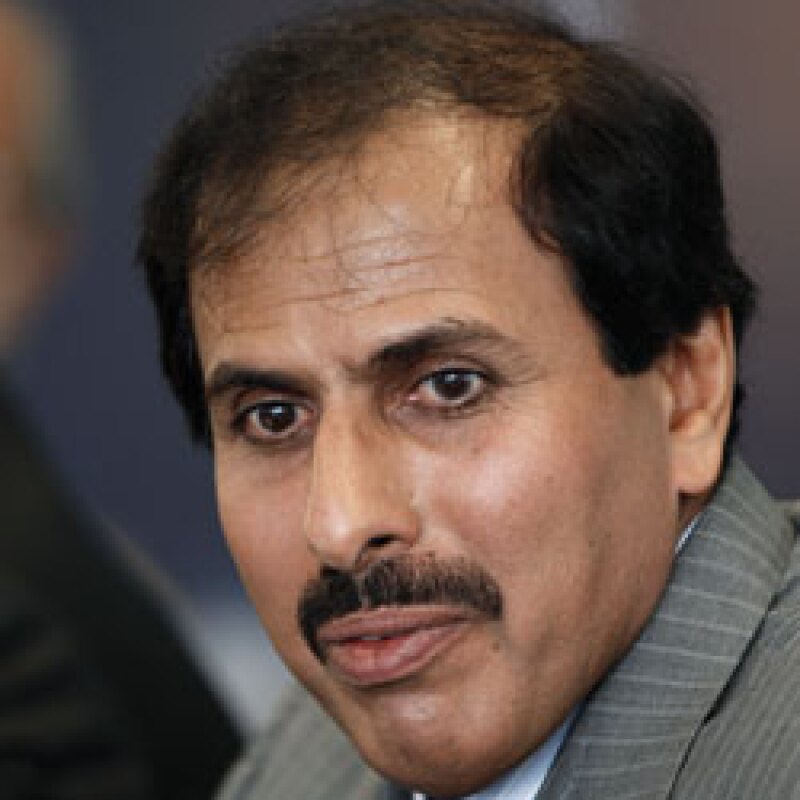
The global financial crisis of 2007-09 left Qatar relatively unscathed — and was followed by high prices for its crucial hydrocarbon exports — but it served as a warning of the dangers of volatility. The warning did not go unheeded.
Sheikh Abdulla Bin Saoud Al-Thani, who was appointed governor of the Qatar Central Bank (QCB) in May 2006, has led a programme of monetary and financial sector reforms that have stood the country in good stead for the big falls in oil and gas prices over recent years and are supporting its efforts to diversify its economy and private sector.
The central pillar of Qatar’s monetary and financial policy has for more than 30 years been a peg to the US dollar, anchored at Qr3.64. But the experience of volatile capital flows and a period of high inflation during the global financial crisis led to plans for more tools to manage banking sector liquidity.
A T-bills auction programme was introduced in May 2011. T-bonds followed in March 2013 with a yield curve developing from three and five years at the start to 10 years by September 2015. These initiatives provided banks with instruments to manage their own liquidity, set benchmarks for private sector debt issuance — thus helping to develop local capital markets — and gave the QCB tools to manage domestic liquidity while ensuring that the private sector had access to funding.
After a spike in inflation to more than 15% following the financial crisis, levels have remained comfortably below 5% since the start of the decade. The low oil price has shown the importance of having tools to manage liquidity, with the government sector providing fewer bank deposits amid a fiscal squeeze. The work done by the QCB is paying dividends now in terms of stability.
The post-financial crisis period has seen global regulators introduce a raft of measures to increase the stability of the banking sector and to lessen the potential impact of banking crises when they do happen. With a large banking sector — total assets were 185% of GDP at the end of 2015, according to Moody’s — Qatar has been an enthusiastic participant.
Financial sector regulation was given a shake-up in 2012, bringing the Qatar Financial Markets Authority under the aegis of the QCB as the competent supreme authority, with Al-Thani appointed chairman of the QFMA and a new Strategic Plan for Financial Sector Regulation put in place for 2013-16.
The implementation of Basel III followed as did a focus on macro-prudential regulation and stress testing. Banks face capital adequacy requirements of 12.5% — although actual numbers were above 15% in 2015 — while liquidity coverage ratios, set at 60% on introduction in 2014, are being raised by 10 percentage points a year as is the net stable funding ratio.
With the end of the 2013-16 Strategic Plan in sight, Al-Thani’s key priorities now include further enhancements to macro-prudential regulation and the development of financial sector architecture and markets such as setting up a domestic credit.
